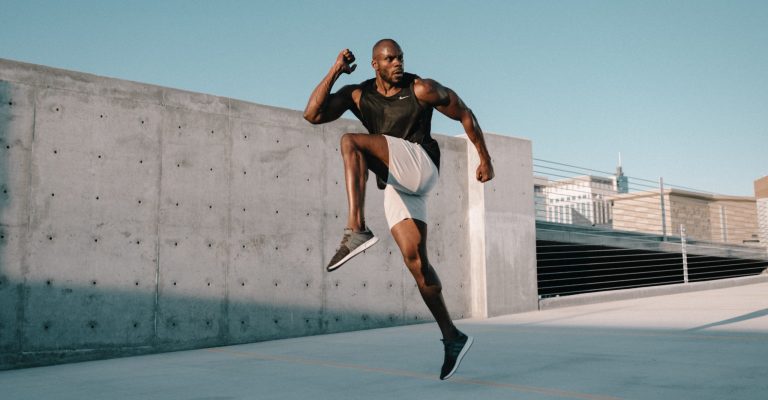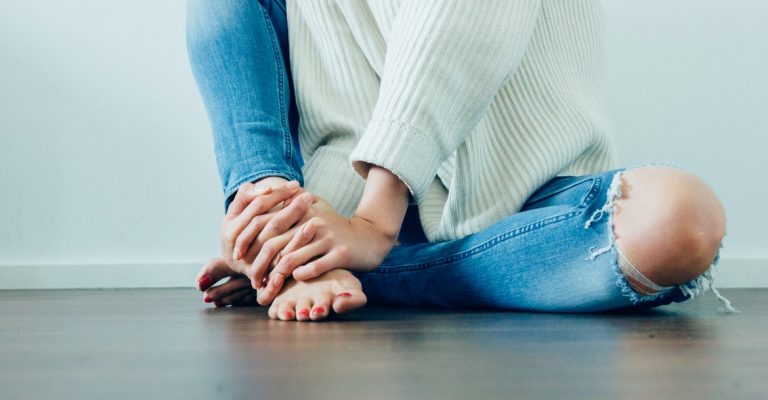How often do you exercise?
Three times a week? Once a week?
Not even once?
We all know exercise is crucial and still, we neglect doing it thinking that I don’t need it now… or I’ll do it tomorrow.
But have you noticed one thing?
The ‘tomorrow’ for your exercise never came.
Exercise is essential no matter your age, gender, health status, or occupation.
You can, and you should perform exercises if you are recovering from a disease, accident, or even if you’re healthy.
Not performing exercise not only makes you sluggish but also increases the risk of developing health-related problems. Let’s have a look at some of the common benefits of exercise.

You must be thinking about this question, and that’s why we would like to explain it briefly to help you understand the effect of exercise on your bone density.
The effect of exercise on muscles is evident when you observe someone doing exercise regularly in a gym or park. The muscles grow in size and become strong. Like a muscle, bone is also living tissue that responds to exercise by becoming stronger.
Julius Wolff was a surgeon by profession, and he theorized that bone would adapt to the repeated loads under which it is placed. He proposed that if load to a bone increases, remodeling will occur so that the bone is better equipped to resist such loads. This is known as Wolff’s Law.
So what does this mean?
It means that the more load you place on your bone, the more it will grow. And there is another side to this law. If you do not place enough load on your bone, it’ll lose its strength. This usually happens in patients who are bed-bound for several months to years.
The best way to put a load on your bones is by performing exercises. Performing the loading exercises will improve your bone strength and strengthen your muscles.
People who exercise regularly generally achieve greater bone density and strength than those who do not. Studies have proved that bone mass or density peaks during the third decade of life (the 30s). After that time, we can begin to lose bone.
Women and men older than age 20 can help prevent bone loss with regular exercise. And if you are older than 30, you can cope with this bone loss by performing regular exercise.

You should know that not every exercise puts a load on your bone and results in an increase in bone density. Therefore, you must be well aware of the type of exercises that appropriately load your bones.
Weight-bearing and resistance exercises are the best for your bones.
Weight-bearing exercises force you to work against gravity. They include the following.
Resistance exercises are the exercise in which you exert force against some resistance, such as weights, pulleys, etc. These exercises can also strengthen bones.
Other exercises such as swimming and bicycling can help build and maintain strong muscles and have excellent cardiovascular benefits, but they are not the best way to exercise your bones.
When we exercise, our body’s systems, such as cardiovascular and respiratory systems, adjust according to the demands placed on the body. For example, if you perform strenuous exercise, your heart will beat faster than usual, increasing your respiratory rate. And when you stop the exercise, your heart and respiratory rate return to normal.
But this may or may not happen if you have some underlying problems such as heart or lungs conditions, recovering from an injury, or fighting a disease. This is why you must know about these important tips before you start your exercise.
According to the studies, the optimal duration for exercise is at least 30 minutes on most days, preferably daily.

When you start exercising for the first time, you may have muscle soreness or pain that lasts more than 48 hours. If you are working too hard, you should stop exercising. If you feel any chest pain or discomfort, talk to your doctor about it before you start your next exercise session.
If you have osteoporosis, a condition in which your bone density is low, learn about the safe activities for you. We recommend that you protect your spine by avoiding exercises or activities that flex, bend, or twist it. It would be best if you also avoid high-impact exercise to decrease the risk of breaking a bone.
You must learn the proper progression of activity, especially when performing resistance exercises. You should start with low weights and then gradually increase the weight as you start to feel comfortable. Not increasing the weights may cause progressively injury to your body.
Posture is important when you perform resistance or weight-bearing exercises. For example, bending your spine excessively while lifting something from the ground may cause lower back pain. The posture is also essential to target specific areas of your body.
You must not compare yourself to anyone, and you should choose exercises that suit your condition. If you are recovering from a disease or an injury, performing every exercise you find on the internet or in books might not be possible. You should assess your condition, choose suitable exercise, and progress slowly.
Exercise is crucial not only for your muscles and bone but for your whole body. For example, improving bone density and mass helps cope with bone loss in the late stages of life. Therefore, it is essential to know about the safe exercises to perform and yield maximum results.